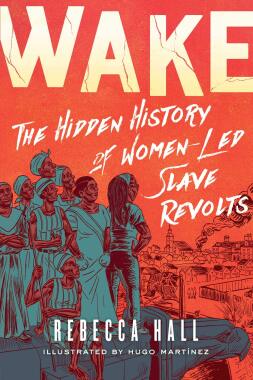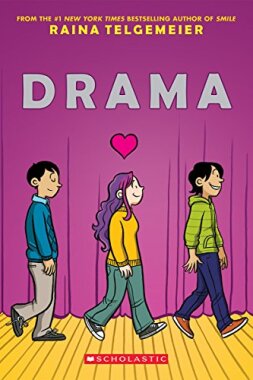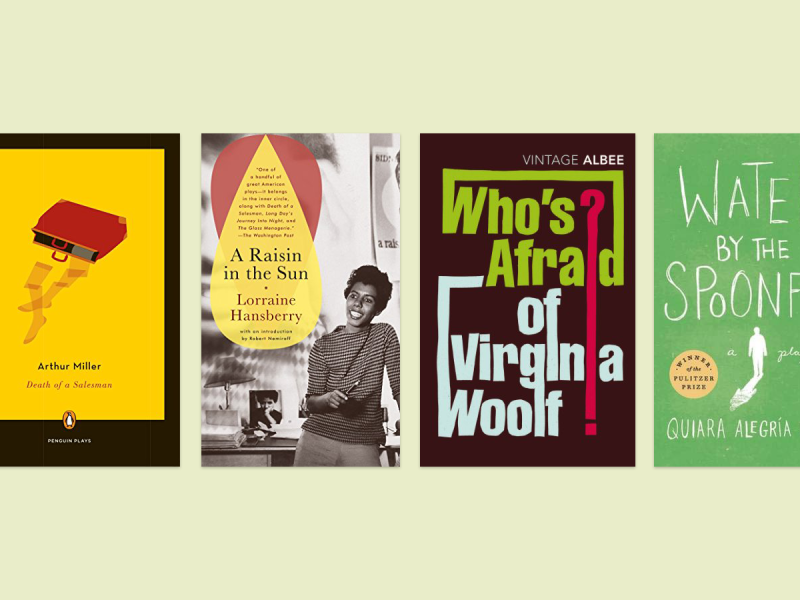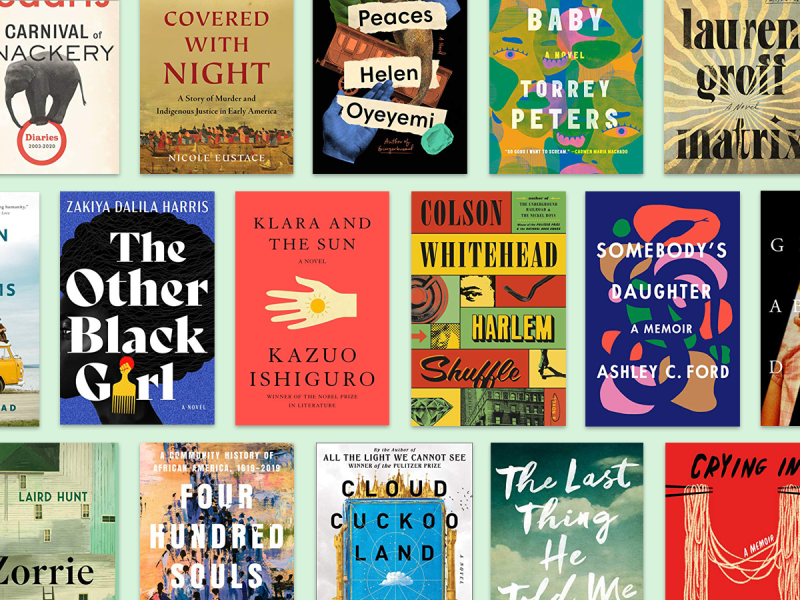While the term 'graphic novel' only entered common usage as recently as the late 1970s, novel-length works in either pictures-only forms or pictures in combination with text have existed since the 19th century.
As defined today, a graphic novel is a book-length story told in comic strip format where the art is of equal or greater importance than text, and published as a single volume. Fiction, non-fiction, biography and memoir can all be considered graphic novels if published in book form and presented through the use of sequential image panels. Some purists limit the definition to include only never-serialized, stand-alone stories, while others allow room for compilation editions of previously published comic book series. All agree, however, that like comic books in general, the graphic novel has grown up, with titles written for both adults and children that deal with far more complex subject matter then stereotypical superheroes or idealized, fantasy childhoods. There are still plenty of those but you'll also find graphic novels about growing old, dealing with serious illness, and childhood abuse, with a healthy does of violence, sex, drugs, and rock & roll thrown in for good measure.
Considered by some to be the first modern graphic novel, A Contract with God by comics legend Will Eisner, first published in 1978, was actually just the first to use the term 'graphic novel' as a marketing tactic - it appeared on the cover of the trade paperback edition. Eisner's book was actually preceded by It Rhymes with Lust by Drake Waller, a full-length, noir-inspired 'picture novel' from 1950. A more direct Contract precursor appeared nine years later, in 1959, with Harvey Kurtzman's Jungle Book, a collection of four graphic short stories from the creator of Mad Magazine.
After Eisner's success, both comic book and mainstream publishers began to take long-form comics more seriously, releasing an increasing number of titles every year, of continuously higher quality, culminating with Art Spiegelman's Pulitzer Prize-winning Maus in 1986, which threw open the door for every wonderful thing that has come since.
Even with critical and commercial success, in both the periods leading up to and since Maus, some writers/artists have bristled at the use of the term 'graphic novel'. Most grew up reading comic books and started their careers wanting to write comic books, so they have no qualms about calling what they create exactly that - comic books. Others have tried to create their own terminology by adding subtitles to their work, such as Seth's 'A Picture Novella', Daniel Clowes' 'A Comic-strip Novel', and Alison Bechdel's 'A Family Tragicomic'.
No matter what you call it, the genre isn't easily pigeon-holed into clear-cut categories, making compiling a list of 50 must-read graphic novels a daunting task. This is just the tip of the iceberg - in no particular order.





















































